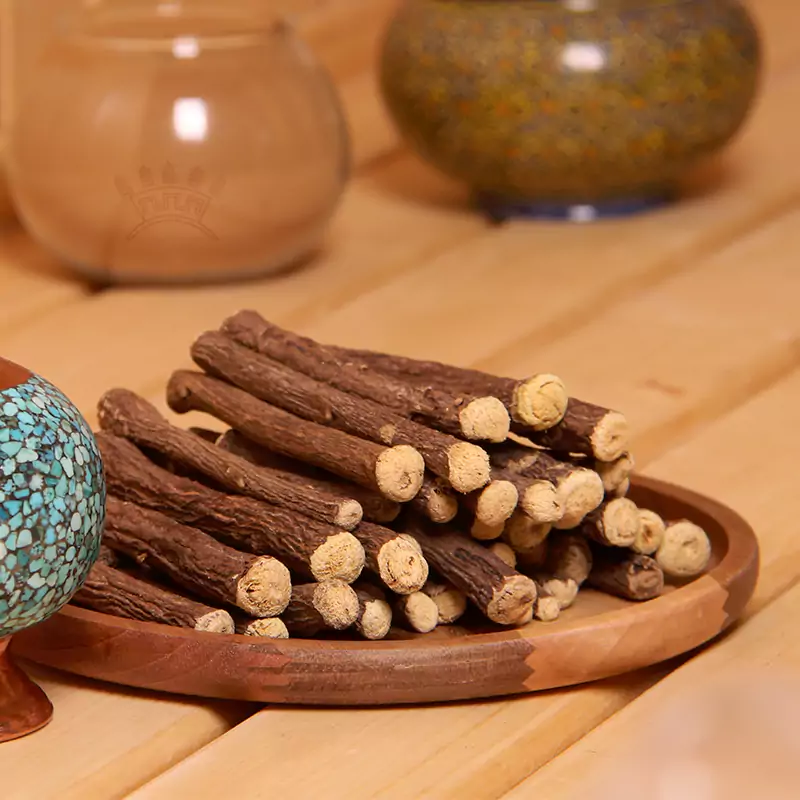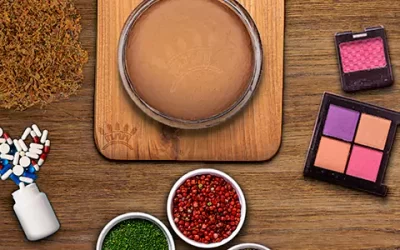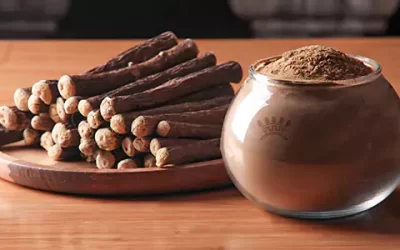Licorice Root in Hindi
licorice root in Hindi is known as Mulethi. It has been considered as an herbal remedy for many diseases like peptic ulcers, respiratory problems and many more.
Background
Licorice is a perennial plant that is mainly found in south parts of Europe, North Africa and some parts of Asia including Iran. The word licorice is derived from a Greek word meaning “sweet root”. This plant grows wild. The use of licorice in food and traditional medicine has a long history. Licorice is used for the treatment of digestive and respiratory diseases, toothache, sore throat, liver disorders, cough, skin problems and many others.
As it was mentioned earlier, licorice has been a medicinal plant in traditional medicine in China, India, Egypt and other places.
Licorice is available in various forms in the market such as: licorice root, licorice root powder, licorice extract powder, licorice extract paste, licorice extract blocks, licorice extract granules, licorice DGL. Each product has its own properties and is used in specific fields.
Sepidan Osareh Jonoob Co. is one of the prominent producers and exporters of licorice products in the world. This company is globally known as one of the best ones in the licorice market. A number of factors lead to this company’s achievements including very high-quality products, employing experienced staff, using modern machinery and instruments in production lines and laboratory, observing global standards in quality and management and many more.
Sepidan Osareh Jonoob Co. in this article discusses the topic of “licorice root in Hindi”.
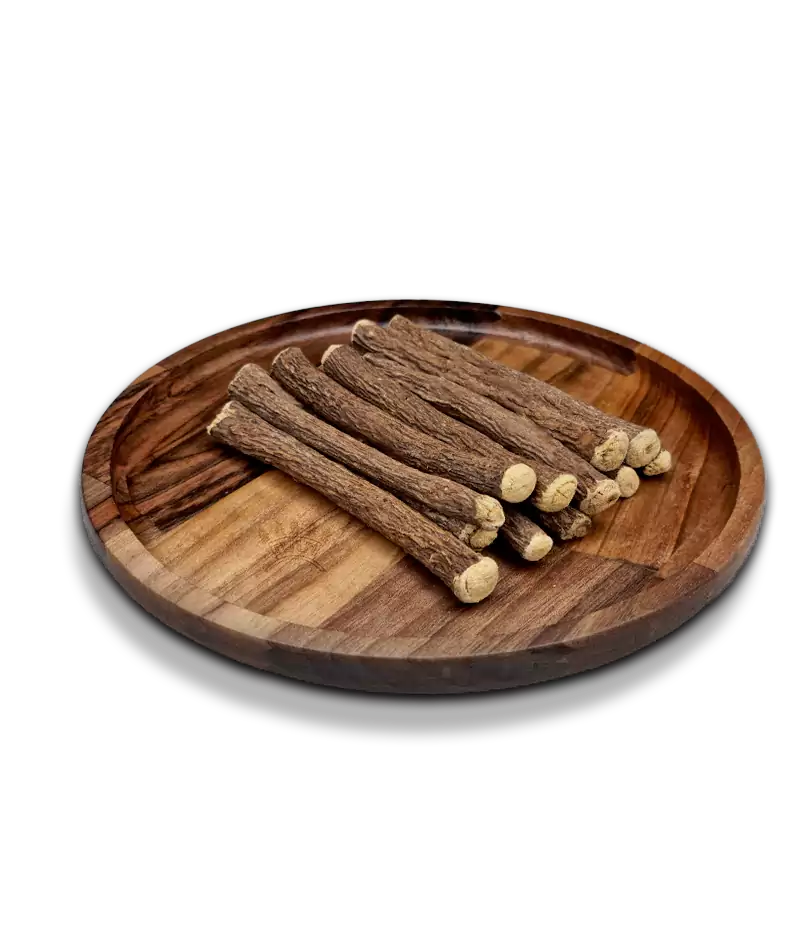
Licorice in India
Licorice root in Hindi is known as “Mulethi” or “Jethimadhu”. Licorice has been used in Indian Ayurveda as an herbal remedy for cough and sore throat. It has been also popular for treatment of some diseases in skin, respiratory system, liver, stomach and digestive system, joints, oral and dental organs, and many more.
Licorice root powder in Indian holy science was called “Yashtimadhu”. “Yashti” means wood and “madhu” means honey. It was believed that licorice increases stomach fire, stimulate appetite, helps in digestion, improves breathing, relieves cough, prevents vomiting, quenches thirst, prevents ageing, relieves hot flushes, manages disorders in urinary tract, enhances muscles strength, improves complexion and treats skin disorders, relieves difficulties in breathing, treats intestinal worms and indigestion, reduces fever, and many others.
Licorice is a common herb which is almost found in every house in India. They usually chew licorice root to remove congestion in chest or nasal passages, and to soothe sore throat. Licorice is about 50 times sweeter than sugar; but in India they believe that licorice regulates blood sugar. The sweetness in licorice is due to a compound called glycyrrhizin. In folk culture people assume that licorice boosts sexual vigor. Licorice powder was given to soldiers to increase their strength and endurance.
Licorice Benefits
In India, to cure cold and cough, they put licorice sticks in hot water and drink it. They also mix licorice powder with honey and warm water. In case of sore throat, they chew licorice root. They use licorice decoction for chest and nasal congestion.
Because licorice has got anti-bacterial and anti-viral features, it prevents oral and dental infections, tooth cavity, and gum diseases. In India, people brush their teeth using licorice powder, or gargle licorice extract.
Indians believe that drinking licorice tea fortifies liver function and heals fatty liver, Hepatitis and other liver disorders; because licorice is anti-inflammatory.
They make special masks for hair by using licorice. For example, they mix licorice powder, almond oil, henna, water and castor oil. Apply on hair once or twice a week. It boosts hair growth, prevents hair loss and premature greying, increases blood circulation in the scalp etc.
Licorice is used in ointments, topical gels and cream to treat eczema, psoriasis, redness and irritation on the skin surface. In India they make face masks by using licorice powder. They mix licorice powder with milk or rose water and rub it on the skin. It brightens the skin and remove blemishes and brown spots caused by sun rays and hyperpigmentation. It contains antioxidants and reproduces collagen; so, licorice disappear wrinkles and prevents skin sagging.
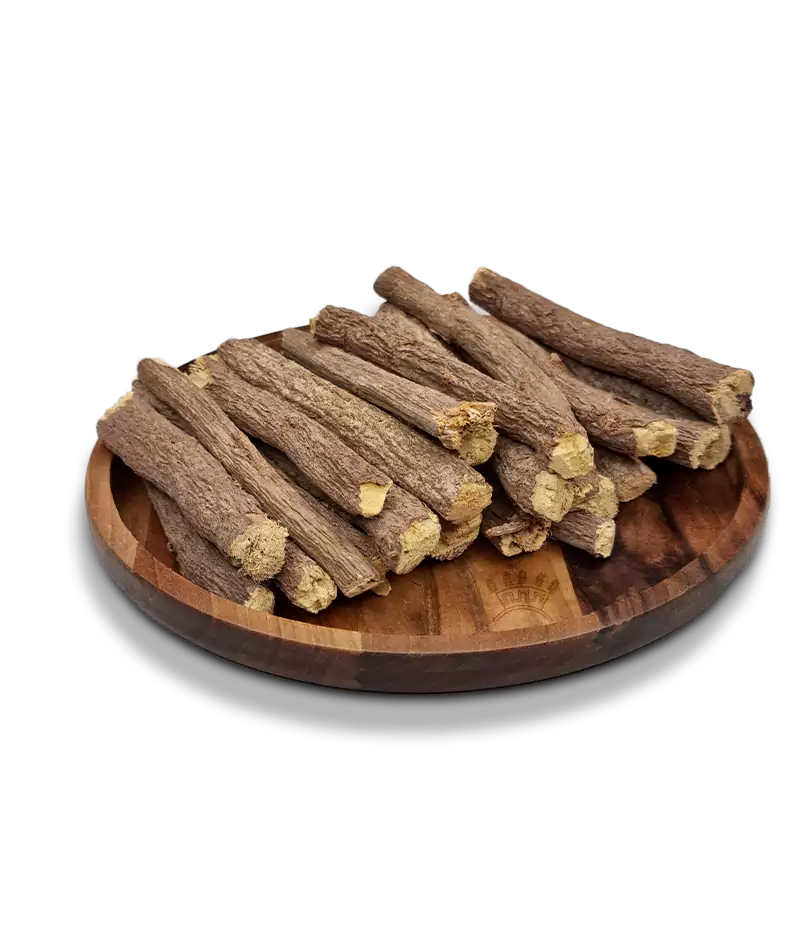
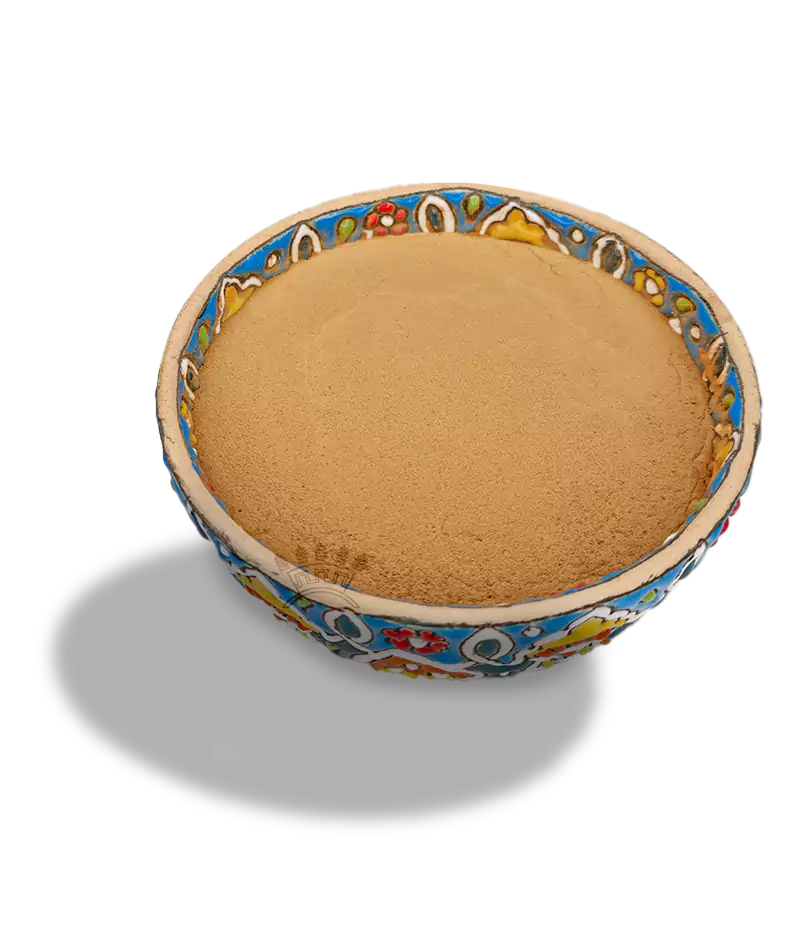
Licorice
Licorice in Ayurveda
Licorice is an ayurvedic herb that regulates hormones in our body through affecting adrenal glands.
Indians usually mix 2 grams licorice powder with warm milk to prevent Alzheimer and dementia, and to improve memory, cognitive abilities and concentration. That is because of the existence of flavonoids and antioxidants in licorice.
Indian traditional medicine suggests that licorice can boost our immune system, because of the enzymes in the root. It protects our body against microbes and viruses.
It stimulates bowel movements and helps in digestion.
Licorice or Mulethi is among the spices which Indians use in their cuisines. It creates a distinctive taste and aroma.
It is said that Indian singers have always used licorice to improve their voice. That is because of expectorant properties of this herb.
Any inflammation and pain in joints like arthritis is cured by licorice.
Licorice is recommended in Indian Ayurveda for imbalances in hormones, insomnia, depression, sweating and hot flushes for menopausal women.
Licorice controls the acid in stomach and prevents hyperacidity.
In Indian Ayurveda, licorice is cold in nature. As a result, it pacifies Pitta (the nature of fire in body). It affects our brain positively; it improves memory and brain activities.
Licorice root in Hindi Ayurveda has got a prominent place and used in different ways; some of them are mentioned in here.
Licorice Side Effects
Licorice is generally considered as a safe food ingredient as long as it is used at standard level. Individuals who suffer from diabetes, high blood pressure, liver and kidney problems, pregnant or breastfeeding women, people who had a stroke or heart attack, should consult with their doctor about using licorice and it is better to limit licorice usage. Excessive use of licorice can decrease potassium levels, changes heart beat rhythms and result in weakness and fatigue in our muscles, high blood pressure and other problems.
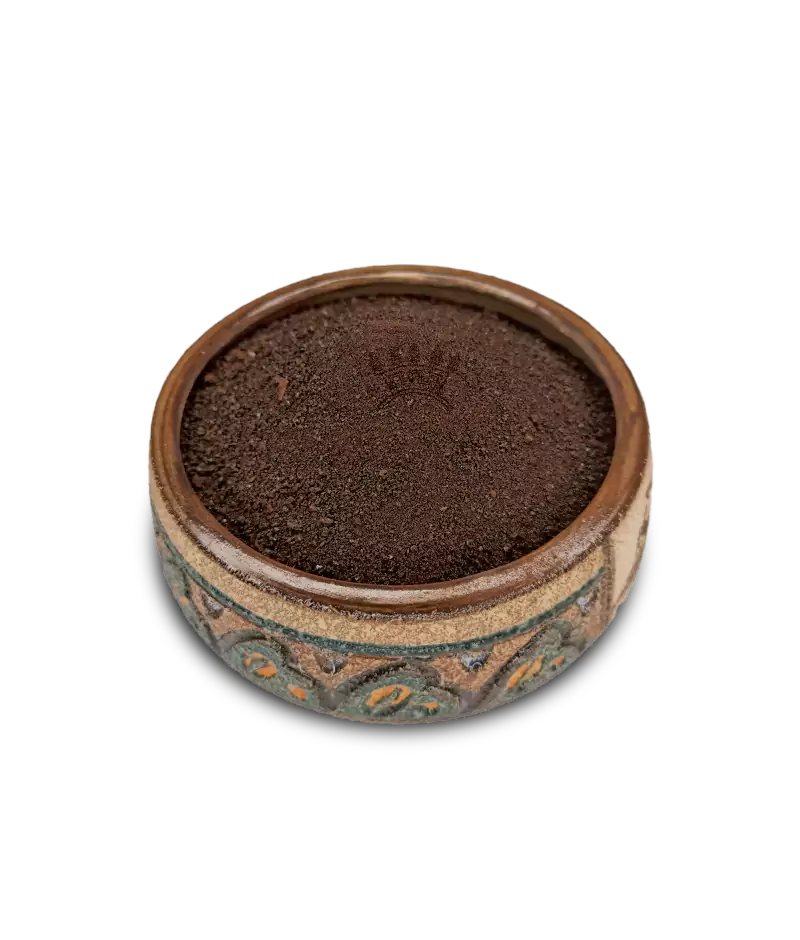
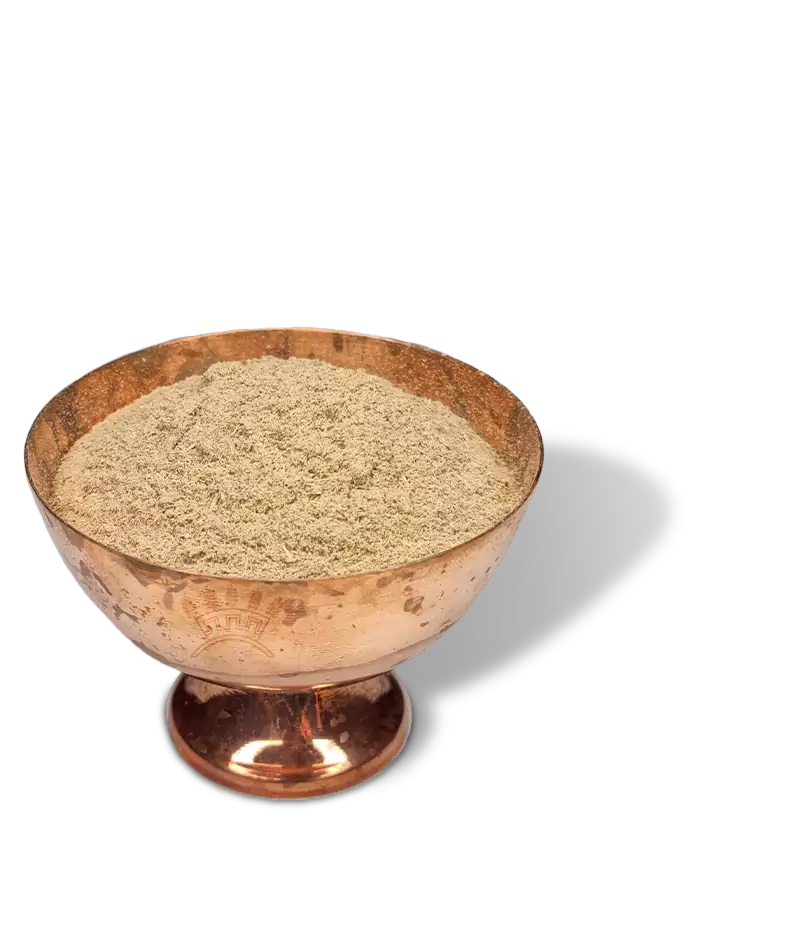
Written by: Sepidan Osareh Jonoob Co.
Edited by: Shokripour, Meysam
Provided by: Sepidan Osareh Jonoob Co.
[xyz-ips snippet=”tag-page”]
Licorice Latest Articles And News
Interview with the CEO of Sepidan Osareh Jonoob Company
Interview with the CEO of Sepidan Osareh Jonoob Company Licorice is an ancient plant that our ancestors used in the past to treat various problems. It has different local names in different parts of Iran, such as "Mahak root" and its extract is also called "Qara...
Licorice Fields of Use
Licorice Fields of Use licorice fields of use are various such as cosmetics, pharmaceutical, confectionery, food and beverages, traditional medicine, herbalism, tobacco industries.BackgroundLicorice is a perennial herb which has been consumed in cooking and...
Licorice in Skincare
Licorice in Skincare using licorice is skincare products are due to its useful properties like healing redness an itch, brightening the skin, protection against the sun rays etc.BackgroundLicorice is a perennial plant that is mainly found in south parts of Europe,...
